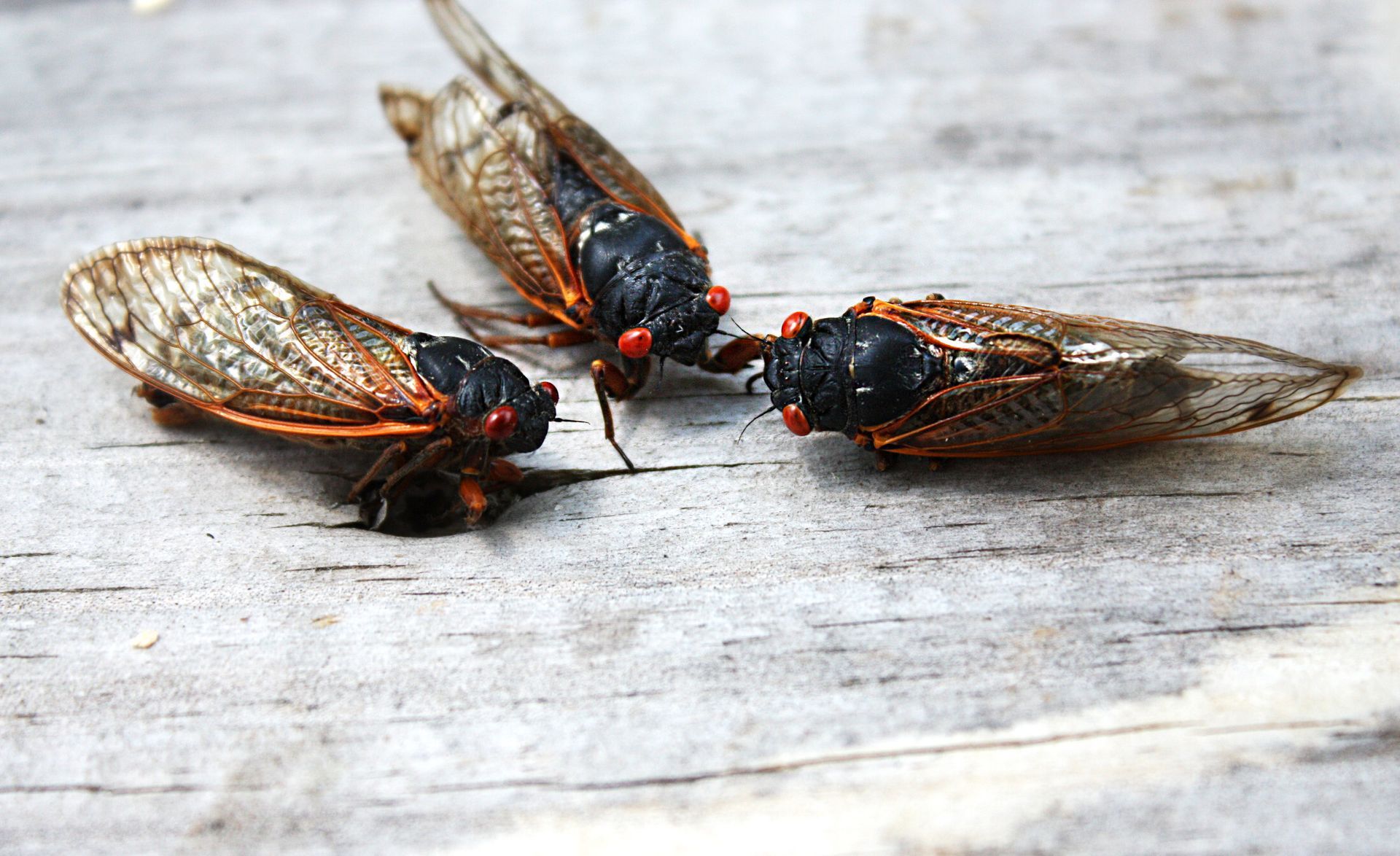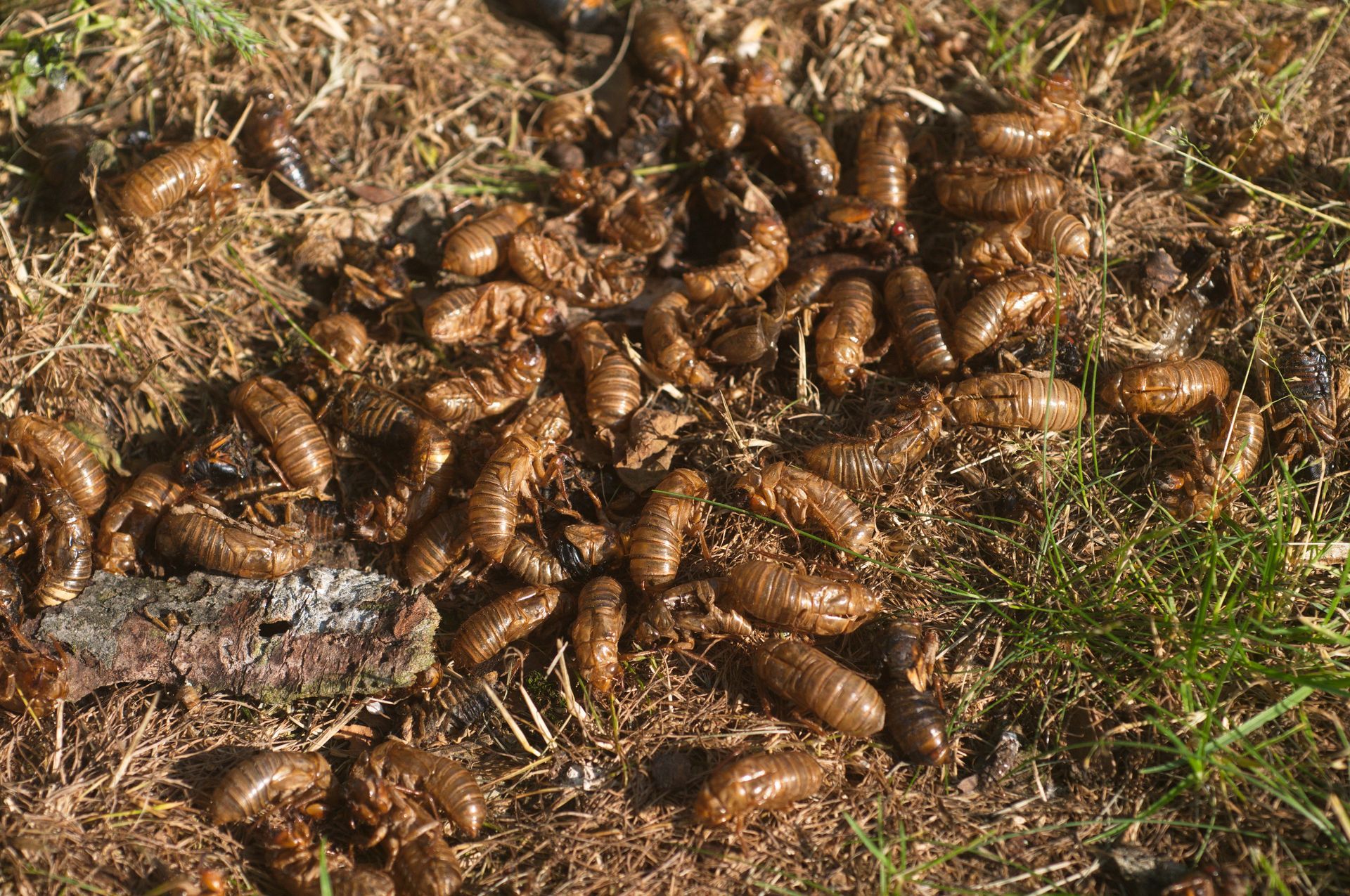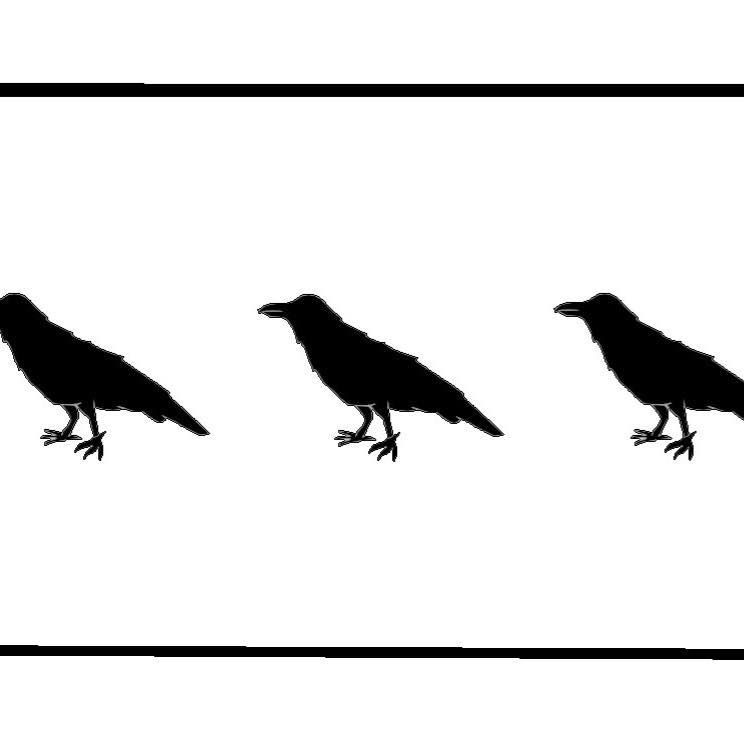FIELD NOTES BLOG
Here Come the Cicadas

The wait is finally over!
After seventeen years, cicadas of the Northern Illinois brood (Brood XIII) will be emerging from their time underground to reproduce and complete their life cycles. The last time these bugs emerged was in 2007, and after this summer, they won’t be back again until 2041.
I saw cicadas last year. What makes this year so special?
Well, there are two different types of cicadas in our area: annual and periodical cicadas. Annual cicadas, also called “dog days” cicadas, emerge every year during the height of summer. These species have a life cycle that lasts between two and five years, but their development is staggered so that some individuals emerge from the ground each year to mate, while others continue maturing underground.
The periodical cicadas that will emerge this spring have a much longer life cycle- one of the longest life cycles of any insect- with some species developing on a 13 year cycle and others on a 17 year cycle. Instead of staggering their development so that some bugs emerge each year, periodical cicada species all emerge together. This means that every time a periodical cicada brood emerges, we can expect hundreds of thousands of them to crawl out of their home in the soil and gather on trees and shrubs to look for a mate. We will still get the annual cicadas appearing in the late summer as they do every year, but this year we will also experience the emergence of the 17-year periodical cicadas.
Why are the brood emergences so spread out?
Most researchers think their life cycles are so long in order to avoid predators. When the entire species emerges at once, there are simply too many cicadas for their predators to eat. One study suggested that up to
1.5 million cicadas can emerge in a single acre! Not only will their predators have “forgotten '' that they exist since multiple generations of predators will have occurred without any cicadas emerging, the sheer number of insects overwhelms the predators and decreases the odds of any individual bug being eaten.

What does that mean for us?
Most importantly, we should be prepared for it to get loud. Male cicadas produce a buzzing sound to attract mates, and when hundreds of thousands of them call at the same time, the noise is about as loud as a lawn mower or chainsaw! Luckily, the Centers for Disease Control and Prevention says that exposure to cicada calls (which are regularly recorded at 80-11 decibels) for short periods of time is not likely to cause long lasting hearing issues. That being said, it may still be better for your mental wellbeing to wear ear protection if you plan on being outside for multiple hours.
The cicada emergence may also impact those of us who have recently planted trees or shrubs. After the periodical cicadas breed, the females will lay their eggs in little cuts on tree branches. For most mature trees, this won’t cause any damage, but for young saplings, the damage could lead to a loss of branches. If you have any young trees or shrubs, experts recommend wrapping them in some kind of mesh fabric (with holes less than 0.25 inches across) to keep cicadas off of them. But again, this is only necessary for young or recently transplanted trees and shrubs, since mature plants should be healthy enough to withstand a little bit of damage.
Other than these precautionary steps, there isn’t much we need to do to prepare for millions of bugs that will be descending (or ascending?) upon our cities. Once they emerge, they usually only live for a few weeks, so the noise and threats to young trees will be short-lived. Take time to appreciate the awe-inspiring nature of these fascinating creatures while you can, and maybe plan to sleep with a fan running!

RECENT ARTICLES


Our Mission: To link people to nature through education and research, in the northern Illinois and southern Wisconsin area. We promote awareness of the natural world, fostering respect, enjoyment, and preservation now and in the future.
Contact us
8786 Montague Rd.
Rockford, IL 61102
Business Hours
- Mon - Sat
- -
- Sunday
- Closed
The Grove Nature Playscape and the trails
are open from sunrise to sunset.
Website Navigation
Business Sponsors

Slide title
Write your caption hereButton
Slide title
Write your caption hereButton
Slide title
Write your caption hereButton
Slide title
Write your caption hereButton
Slide title
Write your caption hereButton
Slide title
Write your caption hereButton
Slide title
Write your caption hereButton
Slide title
Write your caption hereButton
Slide title
Write your caption hereButton
Slide title
Write your caption hereButton
Slide title
Write your caption hereButton
Slide title
Write your caption hereButton
Slide title
Write your caption hereButton
Slide title
Write your caption hereButton
Slide title
Write your caption hereButton
Slide title
Write your caption hereButton
Slide title
Write your caption hereButton
Slide title
Write your caption hereButton
Slide title
Write your caption hereButton
Slide title
Write your caption hereButton
Slide title
Write your caption hereButton
Slide title
Write your caption hereButton
Slide title
Write your caption hereButton
Slide title
Write your caption hereButton
Slide title
Write your caption hereButton
Slide title
Write your caption hereButton
Slide title
Write your caption hereButton
©2023 | All Rights Reserved | Severson Dells Nature Center
Website powered by Neon One


